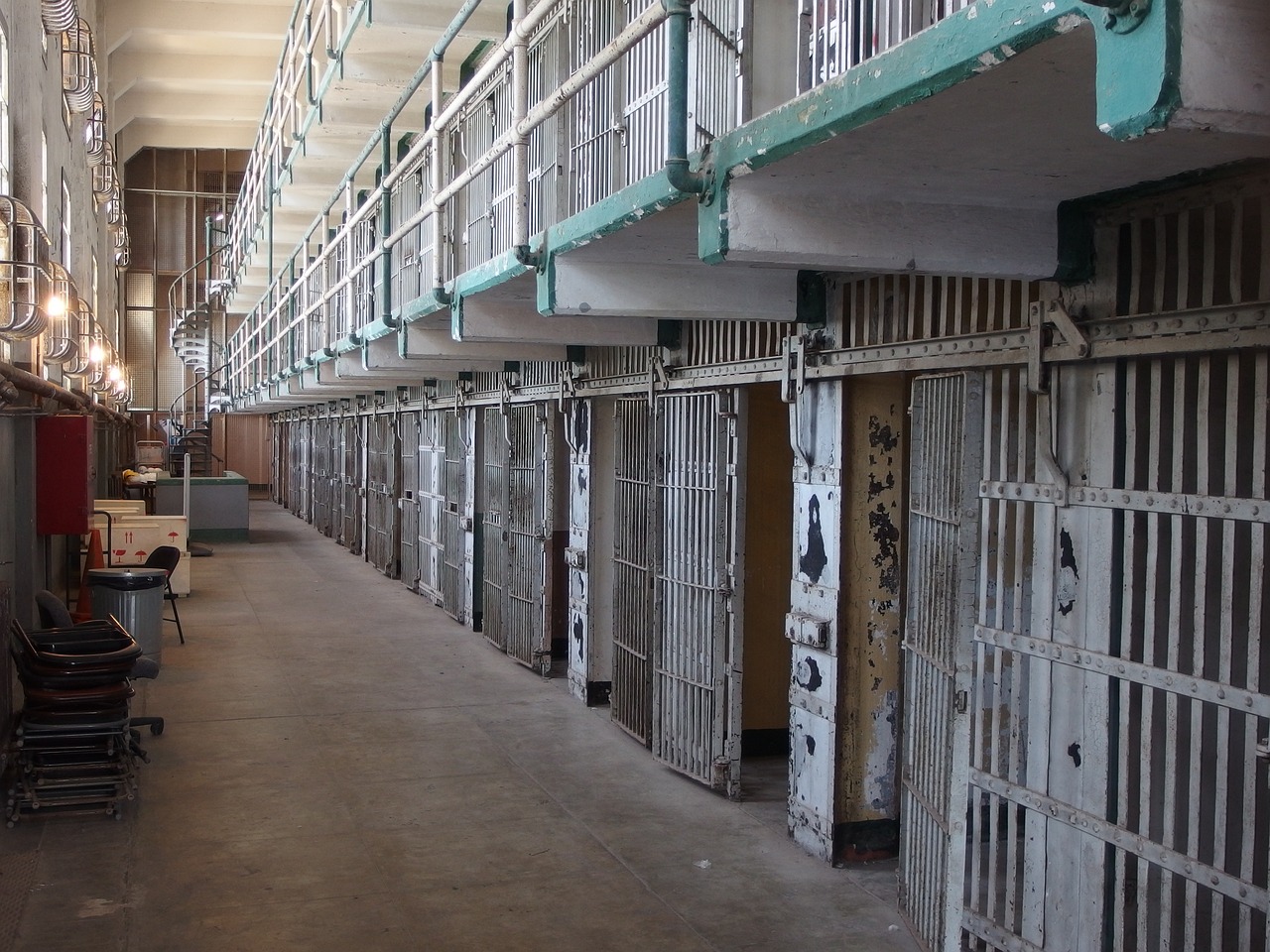The US Supreme Court on Monday declined to hear an appeal from the state of Alabama regarding a death row inmate’s request for an alternative execution method. With the court’s decision, a lower court ruling in favor of the death row inmate stands and the alternative method, as opposed to lethal injection, should be allowed.
In Hamm v. Smith, the Eleventh Circuit held that Kenneth Eugene Smith alleged enough facts to support a possible finding that the Alabama Department of Corrections (ADOC) would violate his constitutional rights. This is because there was an increased risk that they would be unable to find a vein to administer a lethal injection because those who know they are about to die, like Smith, have increased anxiety levels and Smith’s increased body weight. Smith requested the ADOC instead use the execution method of nitrogen hypoxia, where a person breathes in nitrogen gas without oxygen until they die. A legal battle ensued over his request because, while Alabama law allows for nitrogen hypoxia as a method of execution, the state has never used this execution method before. The ADOC thus argued that because this method has not been used, Smith does not have the right to elect this form of death.
Justice Clarence Thomas wrote a dissent to the court’s denial, claiming that the US Court of Appeals for the Eleventh Circuit was wrong. Specifically, Thomas argued that Smith did not meet his burden to prove with enough detail that Alabama has the ability to use nitrogen hypoxia as an execution method.
The Eighth Amendment of the US Constitution prohibits “cruel and unusual punishment.” Smith argued execution via lethal injection violates this constitutional right. In support of his claim, the Eleventh Circuit cited two past botched execution attempts in Alabama. The Eleventh Circuit noted:
In James’s execution and Miller’s attempted execution, the execution team spent considerable time attempting to establish IV access. James entered the execution chamber behind a closed curtain and remained there for over three hours while the execution team tried to access a vein. Miller remained behind the closed curtain for over two hours as the execution team attempted IV access.
The Death Penalty Information Center called 2022 the “year of the botched execution” amidst new execution methods, problems administering lethal injections and racial discrimination.


